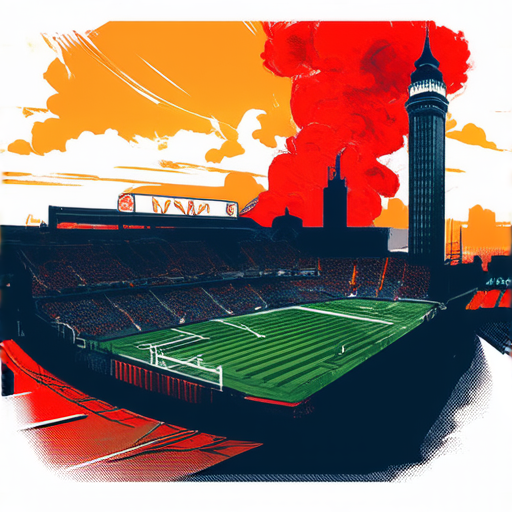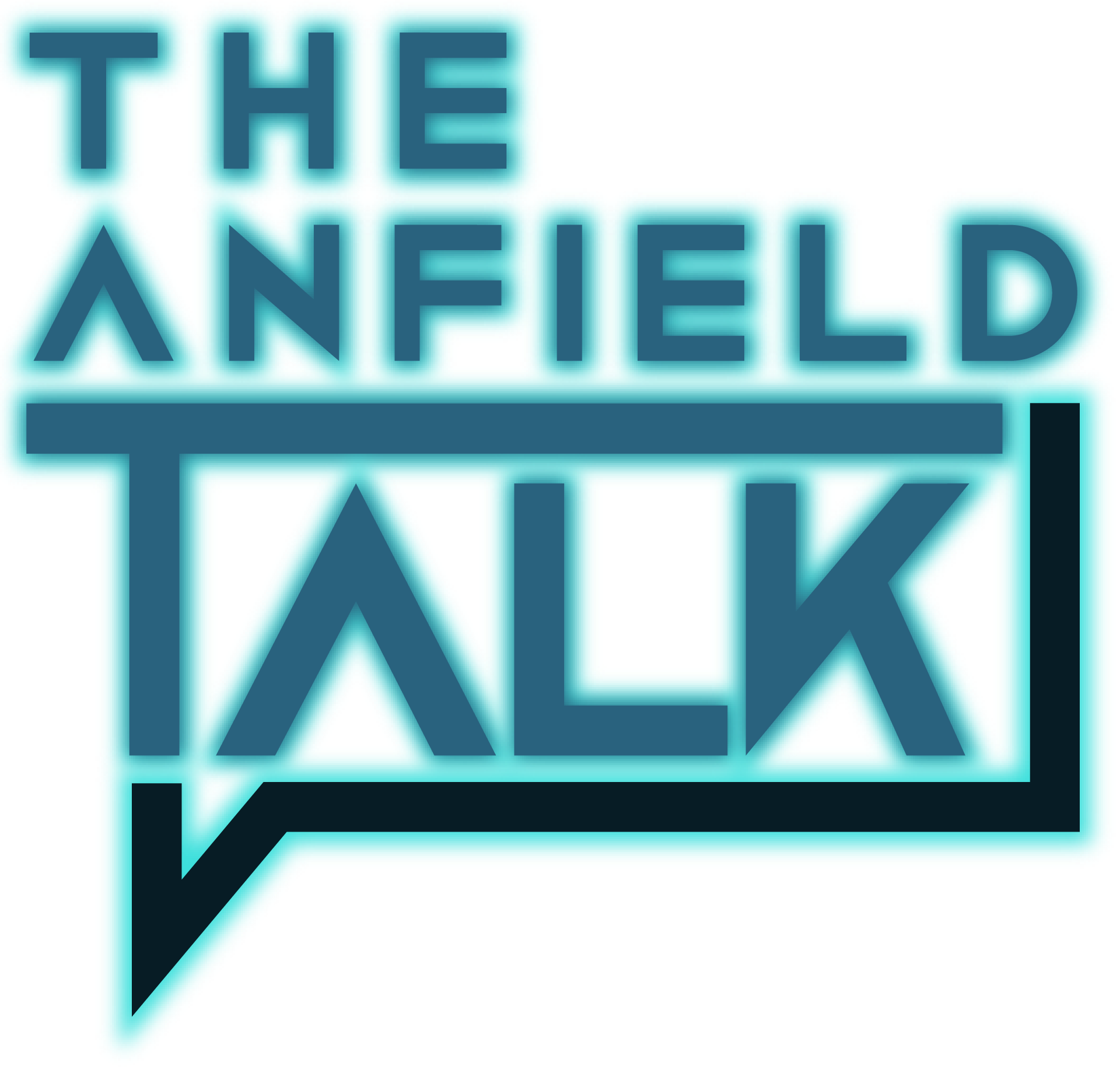Liverpool Lineup Analysis: Uncovering the Reds’ Dominant Formations Through the Ages
For over a century, Liverpool Football Club has been synonymous with thrilling football, captivating fans worldwide with their dynamic playing style and unwavering dedication to the beautiful game. As one of the most successful clubs in English football history, Liverpool’s lineup has undergone numerous transformations, shaped by the emergence of new talent, tactical innovations, and the departure of legendary players. In this comprehensive analysis, we delve into the intricacies of Liverpool’s right-wing options, exploring the skills and attributes that define their most successful formations. From understanding the team’s identity and style to analyzing their most experienced players and historical dominance, we examine the key factors that have contributed to Liverpool’s enduring success.
This in-depth examination provides a unique insight into the Reds’ dominant lineups, shedding light on the strengths and weaknesses of their current setup and offering expert predictions for upcoming matches against arch-rivals Newcastle United. By examining Liverpool’s past performances, we uncover the secrets behind their successes and setbacks, providing valuable lessons for the club’s future prospects. Whether you’re a die-hard Liverpool fan or simply passionate about the sport, this article offers an unparalleled perspective on the Reds’ lineup, making it an essential read for anyone looking to understand the complexities of modern football.
The Starting Lineup: Who Plays Right Wing for Liverpool?
As of the 2022-23 season, several players have been utilized as right wingers for Liverpool FC. Here are some notable options:
- Diogo Jota: Although primarily known for his versatility, Diogo Jota has played extensively on the right flank for Liverpool, showcasing his pace and skill in delivering crosses into the box.
- Curtis Jones: A product of Liverpool’s academy, Curtis Jones has made significant contributions off the bench, often playing on the right side of midfield. His energy and work rate make him a valuable asset to the team.
- Naby Keïta: Although often deployed as a central midfielder, Naby Keïta has shown glimpses of his attacking prowess when playing on the right wing. His vision and passing ability can create scoring opportunities for his teammates.
- Mohamed Salah: While often associated with playing on the left wing, Mohamed Salah has occasionally started on the right side, using his pace and agility to beat defenders down the flank.
- Roberto Firmino: Although primarily a striker, Roberto Firmino has played on the right wing in certain situations, utilizing his speed and agility to cause problems for opposing defenders.
It’s worth noting that Liverpool’s manager, Jurgen Klopp, often employs a flexible approach to player positions, so these individuals may not always play on the right wing. However, they have all had opportunities to do so during the 2022-23 season.
For more information on Liverpool’s squad and transfers, visit the official website of Liverpool FC.
Other Notable Options
In addition to the players mentioned earlier, other notable options who have played on the right wing for Liverpool include:
- Adam Lallana: A former Liverpool player who was known for his pace and skill on the right flank.
- Georginio Wijnaldum: A Dutch midfielder who has played on the right wing for Liverpool on occasion.
These players have all had their moments of success on the right wing for Liverpool, but it’s worth noting that the team’s manager, Jurgen Klopp, often prefers to employ a more flexible approach to player positions.
For the latest news and updates on Liverpool FC, visit the BBC Sport website.
The Key Aspects of Liverpool Football Club
Liverpool Football Club, commonly referred to as Liverpool FC, is one of the world’s most renowned and successful football clubs, boasting an impressive array of achievements and accolades.
What is Liverpool Team Known For?
Liverpool FC has secured an astonishing 51 major honors in men’s football, solidifying its position as one of the most decorated clubs globally. These triumphs include:
- 19 League Championships
- 8 European Cups/UEFA Champions Leagues
- 7 FA Cups
- 9 League Cups
- 6 UEFA Super Cups
- 3 Intercontinental Cups
- 1 FIFA Club World Cup
The club’s women’s team has made significant strides in recent years, achieving notable successes:
- English Women’s Championship titles (2015, 2017)
- FA Women’s Cup wins (2016, 2019)
Liverpool FC’s youth academy has produced numerous talented players who have gone on to excel in professional football, including:
- 22 England internationals
- 10 Premier League winners
- 5 FA Cup winners
The club is famous for its intense rivalries with neighboring teams, particularly Everton FC, with whom they contest the Merseyside Derby. The club plays its home games at Anfield Stadium, which boasts a seating capacity of over 54,000 and is considered one of the most iconic and atmospheric stadiums in the world.
Liverpool FC has a profound impact on the local community, with the club being deeply ingrained in the city’s culture and identity. The team’s charitable initiatives, such as the Liverpool FC Foundation, focus on promoting education, health, and social welfare programs.

Key Player Analysis
Liverpool Football Club has a rich history of talented players, each contributing significantly to the team’s success. When it comes to making the most appearances for the Reds, one player stands out above the rest.
Who Has the Most Appearance for Liverpool?
- Ian Callaghan: The Record Holder
- Ian Callaghan holds the record for the most appearances made by a Liverpool player, having donned the iconic red jersey 857 times between 1958 and 1978.
- His impressive career spanned over two decades, during which he played under several managers, including Bill Shankly and Bob Paisley.
Notable Achievements
Callaghan’s remarkable achievement is all the more impressive considering his contributions went beyond mere appearances. He was a skilled winger known for his pace, skill, and vision on the field.
- During his time at Liverpool, the team won numerous domestic and international titles, including the First Division championship, FA Cup, League Cup, European Cup, and UEFA Super Cup.
- This demonstrates his significant impact on the team’s success and cements his place among Liverpool’s greatest players.
Legacy and Impact
Ian Callaghan’s legacy extends far beyond his playing career. He remains an integral part of Liverpool’s history, symbolizing the club’s commitment to excellence and its ability to attract and retain top talent.
As a testament to his enduring impact, Callaghan was inducted into the English Football Hall of Fame in 2006.
Comparison with Other Notable Players
While Ian Rush holds the record for most goals scored for Liverpool, Callaghan’s longevity and consistency make him the most decorated player in terms of appearances.
Other notable players, such as Steven Gerrard and Robbie Fowler, have had illustrious careers, but they fall short of Callaghan’s remarkable achievement.
When Were Liverpool Most Dominant?
Liverpool Football Club has experienced periods of dominance throughout its history, but one era stands out as particularly remarkable.
Key Factors Highlighting Liverpool’s Dominance
- The Golden Years Under Bill Shankly (1959-1974)
- Shankly transformed Liverpool into a competitive force in English football, leading the team to their first League Championship in 1964.
- He implemented a strong, disciplined playing style that emphasized teamwork and tactical discipline.
- During his tenure, Liverpool won numerous honors, including two First Division titles, three FA Cups, and one European Cup.
- The Successive Reigns of Bob Paisley, Joe Fagan, and Kenny Dalglish (1974-1991)
- After Shankly’s retirement, Paisley took over and continued the team’s success, winning five League Championships, six FA Cups, and one UEFA Cup.
- Fagan succeeded Paisley and led the team to another European Cup victory in 1986, cementing Liverpool’s status as one of Europe’s top clubs.
- Dalglish, who played for the team during this period, became manager after Fagan’s death and oversaw a resurgence in the team’s fortunes, winning two League Championships and one FA Cup.
- Key Statistics and Achievements
- Legacy and Impact
- Premier League Table reveals that Manchester United holds the record for the most wins against Liverpool in the Premier League era with 69 league victories.
- Everton, as Liverpool’s local rivals, have secured 64 league victories against the Reds, making them the second-most successful team in this regard.
- Chelsea’s rise to prominence in the Premier League has led to several victories against Liverpool, with the Blues claiming 56 league wins against the Reds.
- Arsenal’s attacking flair and technical expertise have allowed them to outmaneuver Liverpool on occasion, with the Gunners securing 54 league victories against the Reds.
- Tottenham Hotspur’s resurgence in the Premier League has been marked by several victories against Liverpool, with Spurs claiming 46 league wins against the Reds.
Liverpool’s most successful decade was the 1970s and 1980s, during which they won 11 League Championships, 5 FA Cups, 4 European Cups, and 1 UEFA Cup.
The team’s dominance was characterized by a strong defense, led by players like Emlyn Hughes and Alan Hansen, and a potent attack, featuring players like Ian Rush and Kenny Dalglish.
According to a study published in the Journal of Sports Sciences, Liverpool’s success during this period can be attributed to their ability to adapt to changing circumstances and overcome adversity.
Liverpool’s dominance during this period had a lasting impact on the sport, inspiring generations of fans and players alike.
The team’s success helped establish the Premier League as a premier competition, attracting top talent from around the world.
Today, Liverpool remains one of the most successful and beloved clubs in the world, with a loyal fan base and a rich history of achievement.
Key Points in Liverpool Lineup Analysis
Liverpool’s recent performances have sparked intense debate among fans and pundits alike. One crucial aspect that requires attention is the team’s defensive solidity, particularly against top-tier opposition.
Who Has Beaten Liverpool the Most Times?
Understanding the Dynamics of English Football
These statistics demonstrate that while Liverpool has enjoyed considerable success in the Premier League, they have faced stiff competition from several teams. Understanding these dynamics can help fans appreciate the complexities of English football and the various factors that contribute to a team’s success.
Importance of Analyzing Opponents
Analyzing the strengths and weaknesses of opponents is essential for Liverpool’s success. By identifying areas where they can improve and exploiting their opponents’ vulnerabilities, the Reds can gain a competitive edge.
Conclusion
This analysis highlights the importance of understanding the dynamics of English football and analyzing opponents to achieve success. By doing so, Liverpool can continue to grow and improve as a team.

When Did Liverpool Start Declining?
Liverpool’s economic decline can be attributed to various factors, which began to manifest in different stages over several decades.
Post-WWII Industrial Boom (1945-1960)
Following World War II, Liverpool experienced significant industrial growth, driven by its strategic location on the River Mersey. The city’s ports and manufacturing sectors expanded rapidly, making it one of the UK’s leading industrial centers. According to Liverpool City Council, the city’s economy was booming during this period, with many new factories and warehouses being built along the riverfront.
Youth Culture and Music Scene (1960s)
In the 1960s, Liverpool became a hub for youth culture, producing iconic bands like The Beatles, Gerry and the Pacemakers, and Frankie Goes to Hollywood. This period saw the emergence of the Merseybeat sound, which played a crucial role in shaping the city’s identity. The Beatles, in particular, played a significant role in popularizing the city and attracting tourists.
Docks and Manufacturing Industry Decline (1970s-1980s)
As global trade patterns shifted and competition increased, Liverpool’s traditional manufacturing industries, particularly those related to shipping and textiles, began to decline. The city’s docks, once a major employment hub, were also affected by changes in international trade policies. According to BBC News, the decline of the docks had a significant impact on the local economy, leading to widespread job losses and economic instability.
Regeneration Efforts and Urban Renewal (1990s-2000s)
In response to the decline, the city underwent significant regeneration efforts, focusing on urban renewal projects, cultural revitalization, and tourism development. These initiatives helped to revitalize certain areas and attract new businesses and residents. The Liverpool Cultural Capital bid in 2008 was a notable example of this effort, securing £25 million in funding for cultural projects across the city.
Economic Challenges and Recovery (2010s-present)
Despite these efforts, Liverpool continued to face economic challenges, including high unemployment rates and infrastructure deficits. However, the city has made significant strides in recent years, with investments in education, innovation, and sustainable development helping to drive growth and recovery. According to Liverpool Business Partnership, the city’s economy is now growing steadily, with many new businesses and jobs being created.

0 Comments